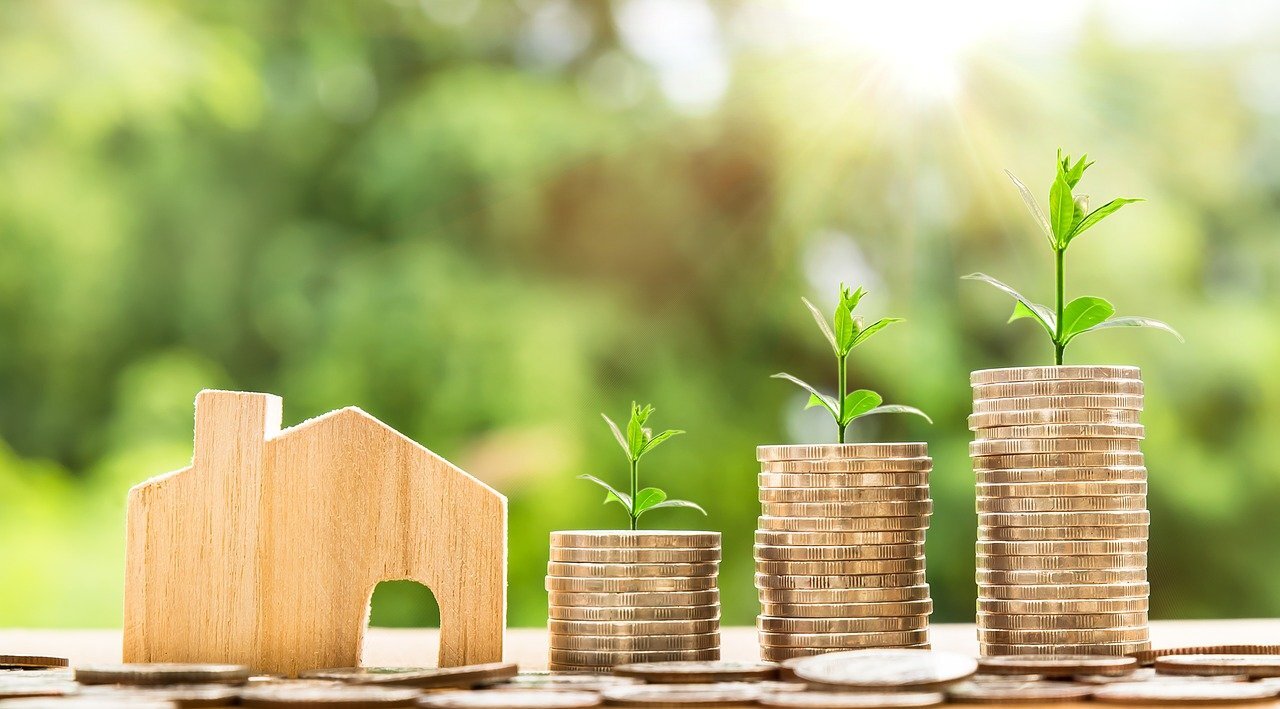Our economy has been drifting along a linear trajectory: The “take-make-waste” paradigm.
This approach is focused on maximising production and consumption of commodities and would only work in a system having an unlimited stock of resources.
The problem is that, as a result of the linear economy-driven resources overexploitation, we are currently using up the equivalent of 1.7 planets.
This led to a toxic side effect, i.e. climate change. That’s why an urgent shift to a circular model is paramount.
As defined by the Ellen MacArthur Foundation, a circular economy is “regenerative by design and aims to gradually decouple growth from the consumption of finite resources.”
Let’s look at some virtuous examples of circular economy revealing how to put this theoretical concept into practice.
Circular fashion
The dangerous clothing line of fast fashion implies an unbearable cost for the environment. We now treat the clothes we buy as disposable items which are soon landfilled.
Also, whenever we wash cheap textiles, we release microplastics into the waterways, which are then flushed into the ocean and ingested by wildlife and eventually by us.
To solve this pressing issue, we need a circular attitude in managing our wardrobe. Luckily, more and more sustainable fashion brands are drifting towards a circular model.
For instance, Vigga provides high-quality baby clothes which have a longer lifetime. Once the clothes no longer fit the baby, the customer can send them back for another newborn to wear them.
Circular kudos for the Swedish company re:newcell as well, which has designed an upcycling masterpiece. They developed Circulose, a material made of used cellulose-based textiles, such as cotton and viscose.
Circular pee-conomy
The availability of fertilizers is key to ensure global food security in the future. Urea is the most commonly used nitrogen fertilizer but relies on an energy-intensive process.
So, how to make its production more sustainable?
Believe it or not, your pee can be the solution!
Other than water, human urine is rich in urea. Some researchers found a way to recycle urine from special toilets using an innovative technology. This design could be fit to home toilets and produce a nitrogen-based dry fertiliser.
If you happen to be in Amsterdam, take a pee(k) at the Café de Ceuvel restaurant, which adopted a similar approach to recover phosphorus from customers’ urine. They then use the nutrient as a fertilizer for their zero kilometre food production.
Forest-friendly wood products
Wildfires raged across Indonesia last year, leading to significant forest losses in Sumatra and Borneo. Greenpeace reported an area eight times the size of Bali has burned between 2015 and 2019. Not surprisingly, the environmental organization found around one third of the smouldering land was in palm oil and pulpwood concessions.
Palm oil has got a dual deforestation effect.
The first one is driven by the EU's thirst for “renewable” fuels.
On top of that, according to Environmental Investigation Agency (EIA), palm plantations expansion is a subterfuge to evade Indonesia’s Timber Legality Verification System (Sistem Verifikasi Legalitas Kayu, or SVLK). This is because trees cut down to make room for palm plantations can be sold as timber without being certified under SVLK.
Despite the SVLK legislation being in place, the profitable market for rare hardwood-made furniture is fuelling the timber black trade and its destructive logging practices.
Based on this scenario, implementing resources circularity in the wood business plays a key role in countering unsustainable and illicit logging practices.
In this regard, Kaltimber, aka Kalimantan Recycled Timber, is leading by example. This company, which has been FSC Recycled Certified since 2019, reclaim and recycle Ulin ironwood from the best disused boats, bridges or warehouses. The dismissed structures are then converted into eco-friendly, stylish timber products, such as decking, flooring, panelling, countertops, furniture & homewares.
What Kaltimber defines as a “re-incarnation” process is the fruit of their circular thinking and contribute to curb the demand for newly logged wood.
"Our policy is to only source our woods from structures that are genuinely slated for demolition, and that will either not be replaced or only be replaced with wood harvested from legal and/or sustainable sources," says Guillaume Carnevale, Katlimber's Director.
Closing the loop
It’s time to forego our society’s obsolete linear pattern, rethink our economic system, and build a circular framework.
The inspiring ideas discussed above light the circular way to achieve a sustainable development leading to a waste-free future.
Author Byline
Antonio Salituro is a freelance blogger, sustainability copywriter and technical writer who specialises in the environmental niche. He writes about sustainability, climate change adaptation and circular economy on his own blog and on other websites. He also published a peer-reviewed article in the Sustainable Chemistry Journal. Check his full portfolio and follow him on his social media pages below.


